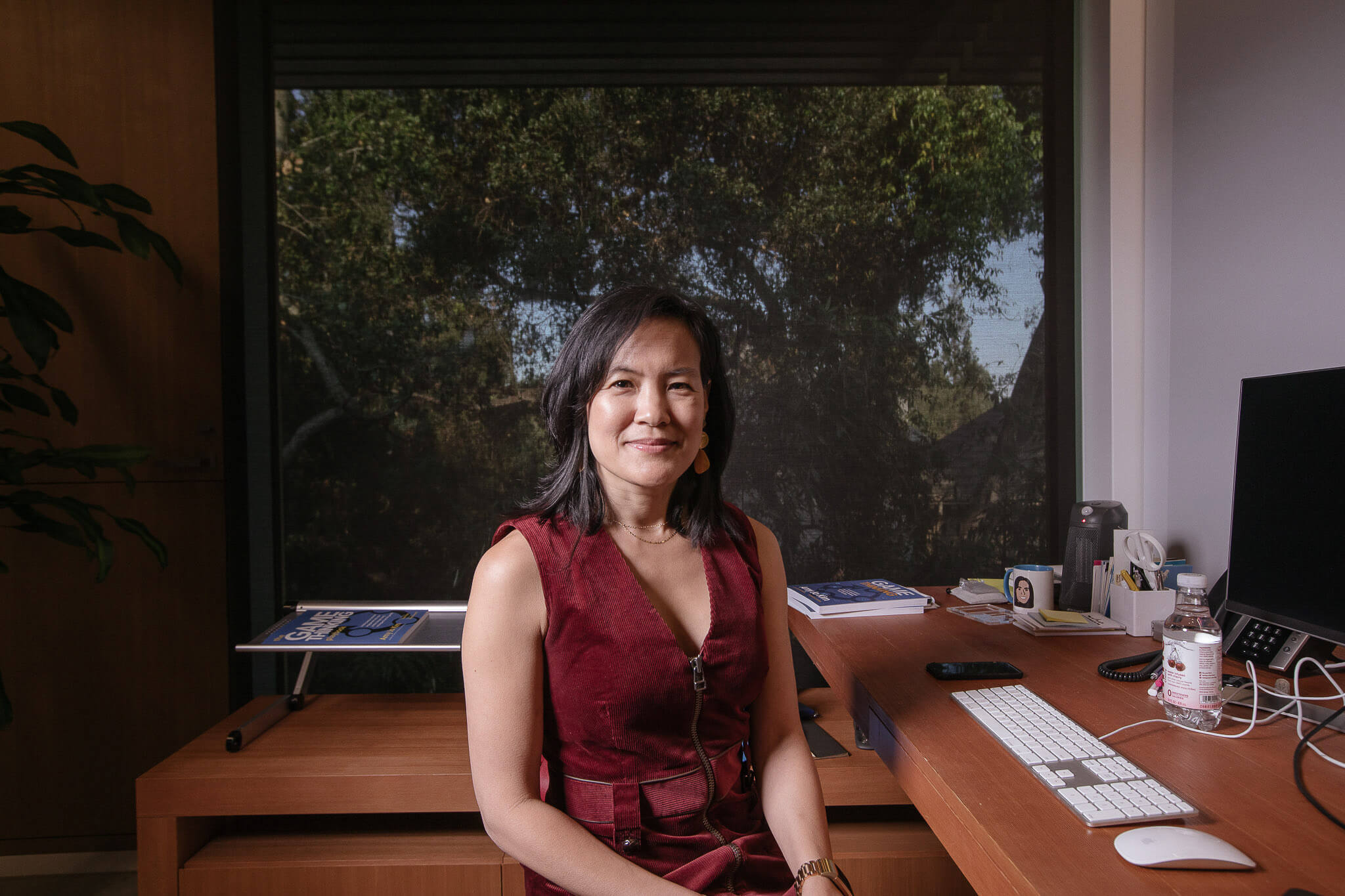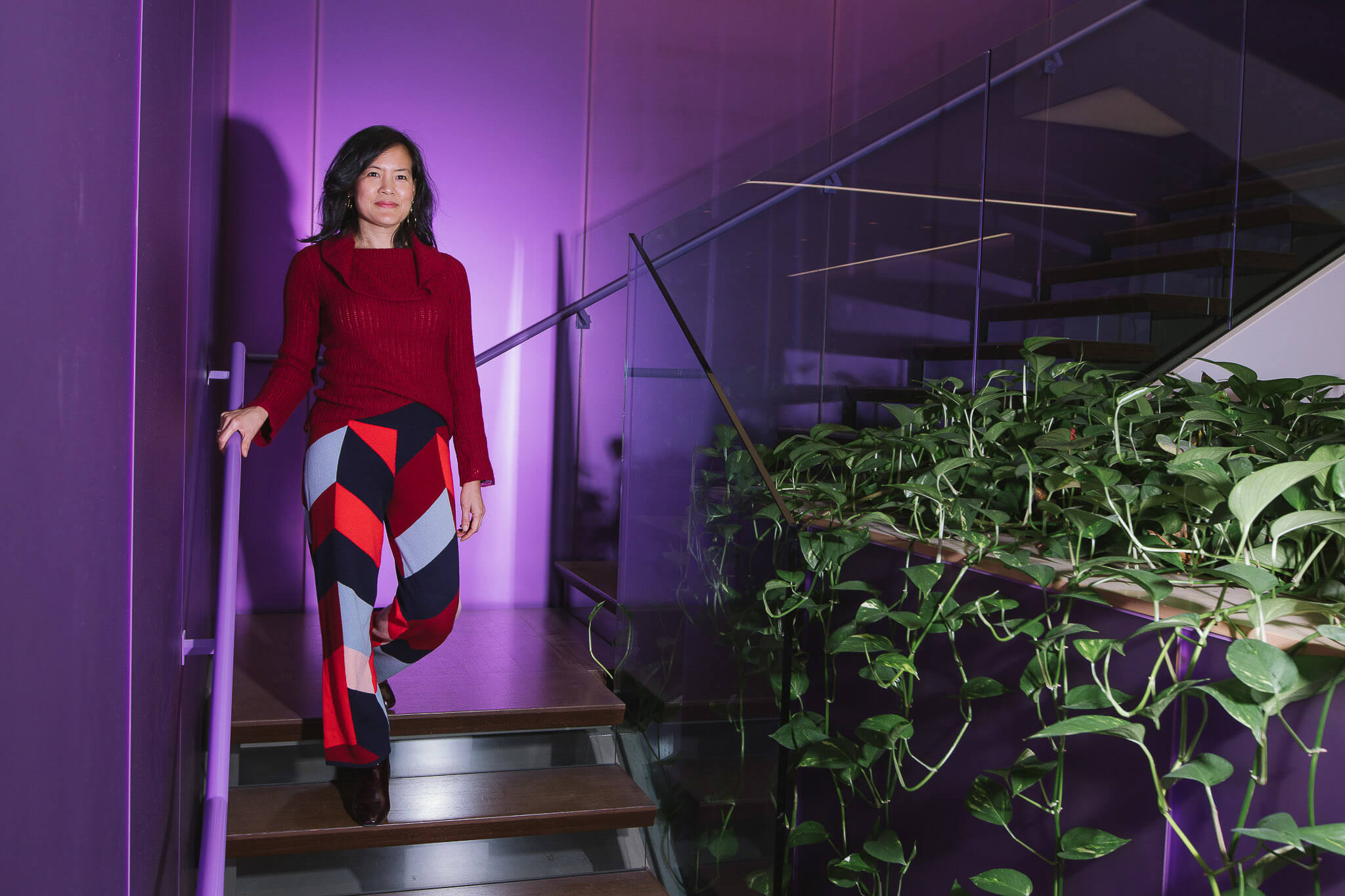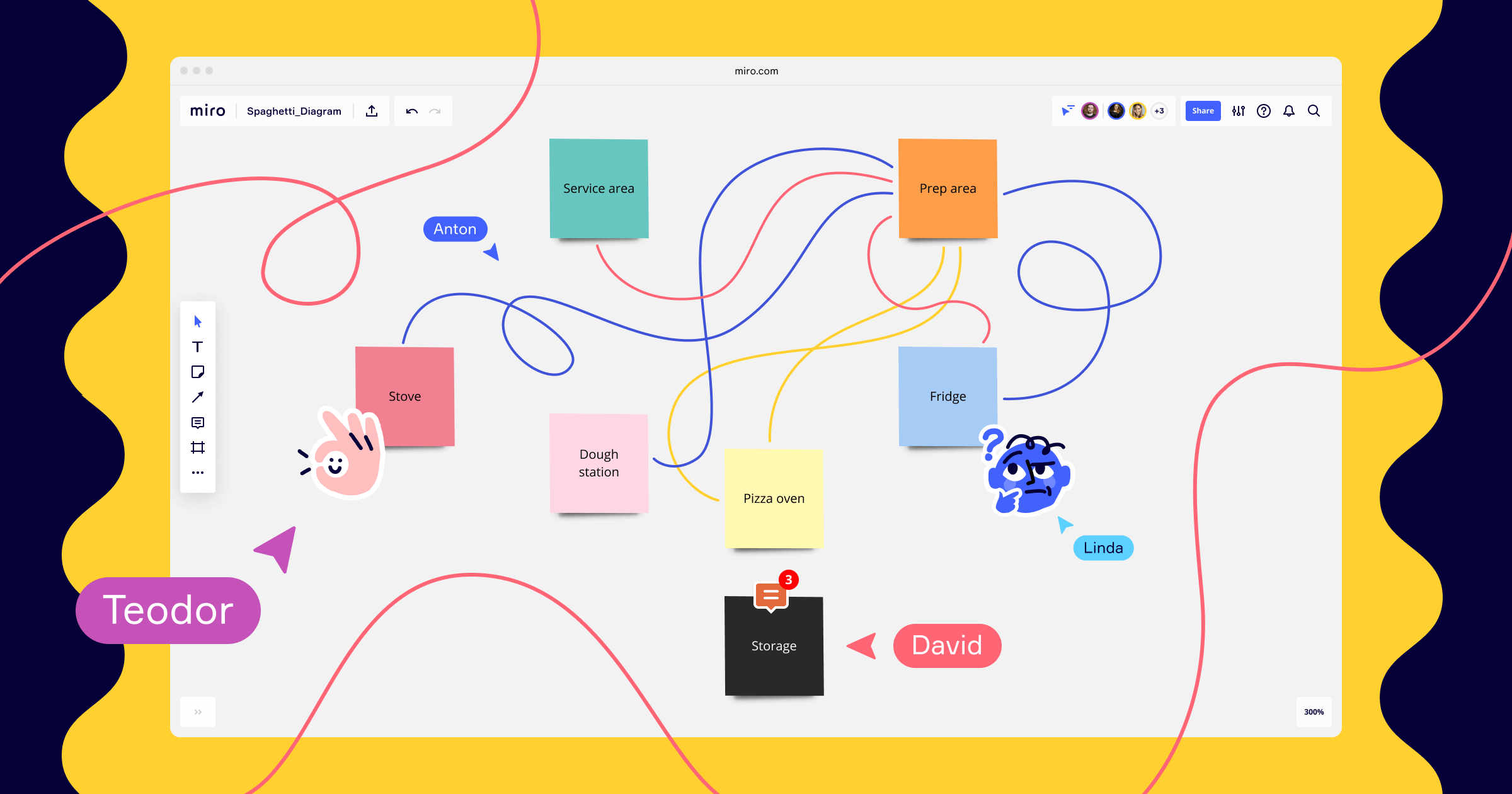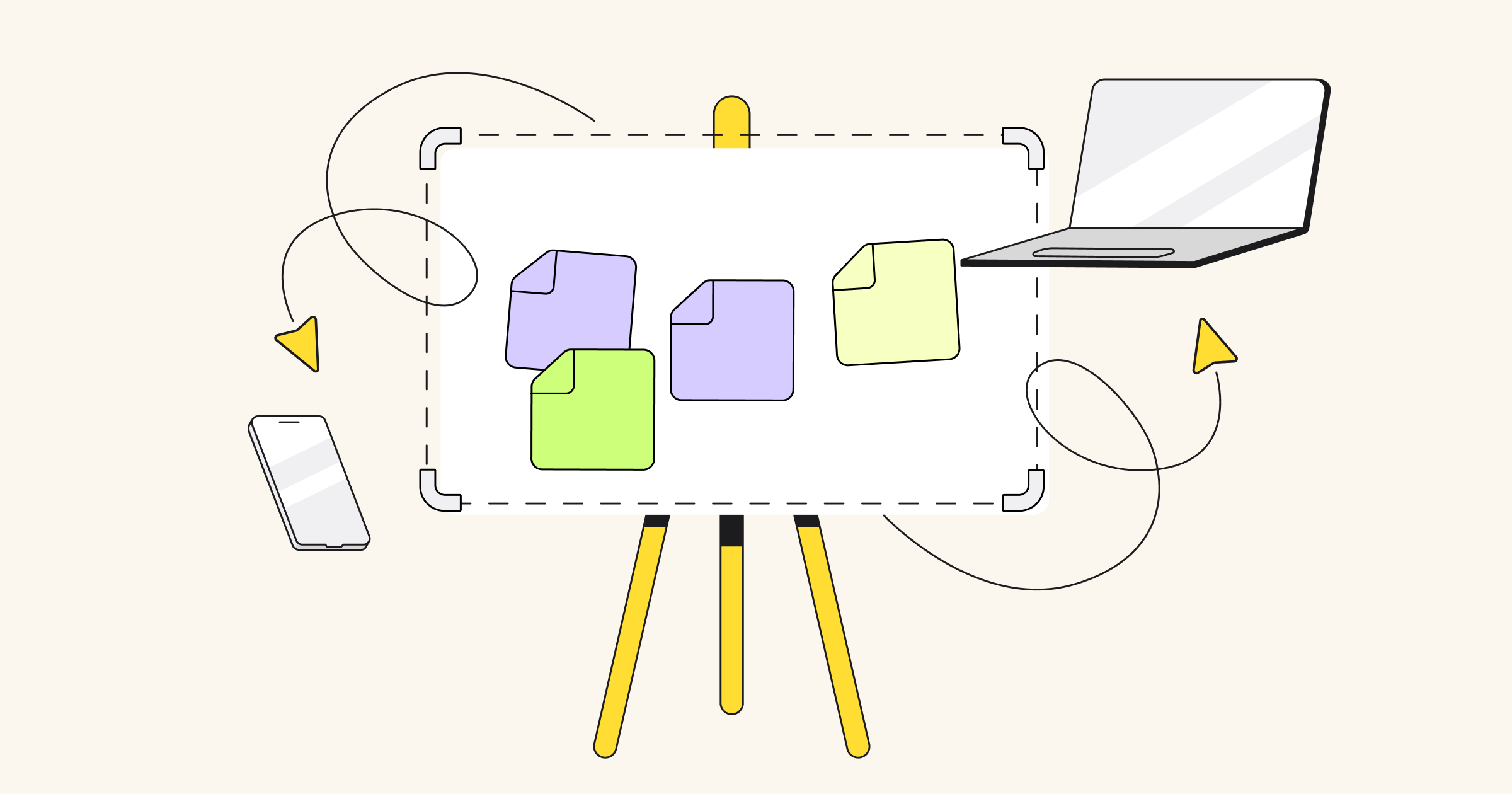Great design is no longer just about how a product looks and feels, but how a company understands and listens to its customers, how it hires and organizes its teams, and how it anticipates and accounts for change. No one is more aware of this than Irene Au, Design Partner at Khosla Ventures. We asked her how she helps build high-performing teams as a design leader and advisor, and grows companies through implementing rigorous hiring practices and setting processes of continous research and iterations.
What you need to know to build a design-centric organization:
1. When you want to change the company’s culture, listening is critical to understanding what problems exist and where the motivation to change is.
2. Design transformation really must start on the highest level. If the CEO doesn’t care about it, the rest of the company won’t either.
3. When you hire designers, you need to look for people who are self-aware, self-managing, and socially aware.
Transforming companies with good design: learnings from Udacity
During my time at Udacity, the company was in an early stage of its existence, but through user research and storytelling, we arrived at product–market fit. At the time, Udacity had many potential partnerships and sources of revenue, and we pursued them all. The team was stretched thin in many different directions, and we found middling success in all our endeavors. We didn’t know where or how to double-down and prioritize. Through our user research, we identified about 15 personas representing Udacity users at the time. We made a strategic choice to narrow down from those 15 to the three that we felt we could best serve.
Profile
Irene Au
Irene is a Design Partner at Khosla Ventures; former head of design and user experience teams at Google, Yahoo, Netscape, and Udacity; and through these roles has been one of the biggest employers of UX talent. Follow Irene on Twitter, Medium and LinkedIn.
By focusing on three personas, we dove deeper to understand what these people’s goals and motivations were and how Udacity could help realize them. We discovered that there was a great opportunity to bridge the gap between people who wanted a career in technology and employers who were looking to fill jobs with people who had the skills that they needed. Udacity was in a unique position to fill that gap because of our co-founder Sebastian Thrun’s reputation and relationships with top tech companies. In addition to conducting the user research, we made it highly visible by communicating insights on a weekly basis at company-wide meetings. We brought stories to life by showing videos, quotes and photos, and the engineers were highly engaged in watching user studies when we did them. Again, none of this would have been possible without Sebastian’s engagement and support. He saw the value of user research and empowered us.
With the research in place, we put our storytelling skills into practice and aligned the company on a single vision by making it tangible. The customer journey was expressed as a single cartoon so that everyone could understand the end-to-end customer experience. Before this was developed, people would talk at a high level about what we were building, but it wasn’t until we made the ideas tangible that we could start to refine them into a single form that everyone could rally around and implement.
Through this process, we arrived at a business strategy and a product strategy. Further rounds of user research helped us identify the classes we should focus on developing and the classes we should cut. Cutting things can be emotionally difficult, but the user research helped us build the confidence and courage we needed to make those hard choices. I’m pleased to say that Udacity is now thriving and doing well as a company as a result of all these efforts; its most recent fundraising round valued it at over a billion dollars.
The importance of design research
56% – That’s how much higher design-led companies had in total returns to shareholders compared with other companies.
40% – of companies don’t talk to users at all during development.
The Business Value of Design report, McKinsey

Leading design transformation as a design partner at an investment fund
There isn’t any one process that fits all needs, but it really comes down to listening. It’s about having conversations with your stakeholders, whether it’s the founder, CEO, head of product or design, designers or even people who have the least amount of power in the company. Listening is critical to understanding what problems exist and where the motivation to change is, and working with stakeholders to find a better way to help them be successful. Just as we would with any design problem, we explore different solutions, try different approaches, gather feedback and iterate. We are applying design thinking to solve problems, but you can’t really do that without first establishing trust, a relationship, and an understanding.
A lifecycle of design needs for companies as they cross different stages:
Portfolio companies
Irene is advising:
Nutanix, ThoughtSpot, Rubrik, OpenDoor, Quartzy, Carrot, DoorDash, Okta, Roofstock, Mesosphere, Kiddom
Early stage
Before founders find product–market fit, the problems around design often initially appear to be tactical: how to build design capabilities. Founders are trying to understand what kinds designers exist, who they should hire, how to find them, how to evaluate them. Sometimes the best solution isn’t to hire in-house but to work with a design studio or agency. More strategically, early stage startups need to employ rapid, iterative prototyping and evaluation to arrive at product-market fit.
Often, I am not the target user for these companies, so it’s an opportunity to engage them in a process where I teach them how to talk to their target users and build an understanding on their own. It’s a more sustainable approach.
Mid-stage
Once the product–market fit is established (around Series A or B), the next challenge is first around building a great product, and then around scale (Series C). How do we set ourselves up so that we have consistent, coherent design across the product offering? How do we make sure that the design isn’t the bottleneck?
Later stage
Once the company reaches a certain level of maturity, they might find that the practices that made them successful before are not necessarily the same practices that will get them to the next level. This stage is usually where the company wakes up and sees that they have a product quality problem. There isn’t the same polish they had when they first launched the product. The challenge then is about pivoting the company culture and processes to help them be more successful at scale.

We are applying design thinking to solve problems, but you can’t really do that without first establishing trust
Turning an early-stage startup into a design-centric company
At one of Khosla Ventures’ portfolio companies, Nutanix, the CEO decided that design was the most critical aspect of their company’s success. With the understanding that great design is not borne from just the design team but the way the entire company thinks, values and behaves, he sought to imbue the entire company culture to value design. And it worked – they were the most successful tech IPO in 2016.
Here is how Nutanix became a design-centric company:
Nutanix
Nutanix is a a cloud computing software company that sells hyper-converged infrastructure appliances and software-defined storage. It was founded in 2009 by Dheeraj Pandey, Mohit Aron and Ajeet Singh. In 2011, Khosla Ventures led Nutanix’s Series B round. Currently, the company’s market cap is $7.46 billion.
Start on the highest level
Transformation really must start from the CEO. If the CEO doesn’t care about it, the rest of the company won’t either. The CEO of Nutanix, Dheeraj Pandey, recognized that design was crucially important as they reinvent computing infrastructure. When it comes to administering and managing data centers, the bottleneck really lies with human system administrators, not the technology, given that Moore’s Law is asymptoting.
Be empathetic
The software needs to be easy to use and designed with a rich understanding of user needs. Nutanix sought to anticipate user needs before the users are even aware of them. The senior executive team championed the value and importance of design across the company. They facilitated conversations on internal channels to build the muscles inside the company to discriminate between good and bad design. The design team was empowered by participating in conversations at the highest levels of the company, and everyone was held accountable for delivering a great user experience.
Connect with customers
Nutanix also began hosting customer conferences, where they articulated their own design values and principles. These conferences also served as forums through which they could reach out to customers and get feedback through contextual inquiry, user interviews and user studies. This was not just something that the design team ran; every function was involved. Sales engineers, customer care specialists and product managers all had the chance to witness how customers use their products and engage in conversations with their users. In doing so, the responsibility for understanding users was distributed throughout the entire company.
Make sure you hire the best talent
As an advisor, I coached and mentored the company’s head of design. I used my network to help Nutanix build relationships with top design schools and industry experts so they could recruit more effectively and get smarter about design. I gave talks inside the company about the importance of design and advised the design team on how to overcome common operational challenges. I ran design sprints to help transition the product–engineering–design collaboration from a waterfall process to one that is more spiral, collaborative and iterative. The sum of all this led to a transformation within the company, sponsored by the CEO. Without Dheeraj’s involvement, it would not have been as successful or happened as quickly.

Here are the top skills that I screened for carefully when I was hiring designers:
Design skills
First and foremost, designers need to be able to discriminate between good and bad design, aesthetically and functionally. They must love creating: as standard practice, they generate many different ideas, prototype, get feedback, and iterate. They are highly empathetic, can see the big picture, and focus on details.
Communication skills
Because design does not happen in a vacuum but in collaboration with others, designers need to be excellent communicators to be effective. Communication skills include verbal and written communication as well as the ability to listen to others well.
Self-awareness
People who are self-aware understand themselves emotionally and see themselves accurately. They are open to feedback and are able to see themselves objectively and calibrate themselves. Self-aware people are confident in their own strengths and secure enough to be vulnerable and admit when they want or need to improve.



